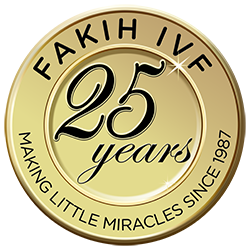Dr. Fakih talks to The Guardian on Self-Cytoplasmic Transfer
Saturday, June 26, 2004
The Guardian
Cytoplasmic transfer is being hailed as a miracle by women who had previously experienced repeated, failed IVF treatments and are now mothers. The Saarinens have a three-year-old daughter, Alana, as a result of this process. “I had been trying for 10 years to conceive,” says Sharon Saarinen, who sought the treatment from Dr Michael Fakih, medical director at First IVF, Michigan, after three failed IVFs. Two years after Alana was born, the US Food and Drug Administration (FDA) put a halt to cytoplasmic transfer, which is why Saarinen travelled to Lebanon, where Fakih has another clinic, to try for another child using this treatment. It didn’t work, and the couple have now “thrown in the towel”, she says. “I’m lucky to have Alana, but I’m sorry now to see a woman in my position. There is nothing she can do, except go to Lebanon – and that’s pretty extreme.”
Others, meanwhile, caution that this process is itself pretty extreme, and with unknown consequences. Nobody knows how “normal” these children will turn out to be; questions abound over the potential outcome of a mismatch between the donor and mother DNA, or the connection between this double-source mitochondria and diseases. Jonathan Van Blerkom, professor of molecular, cellular and developmental biology at Colorado University, reports that the minute quantities of donated mitochondria had, in some of the children born of this process, become dominant – it had taken over and eliminated the mother mitochondria. “How does something go from less than 1% of the total population of the egg to being greater than 50% in the child?” he asks. Nobody knows why, or what this means, but there are potential implications. There are around 150 mitochondrial diseases, all degenerative and fatal – if they don’t show up at birth, they can develop in puberty. “Ten years from now,” says Van Blerkom, “we could be looking at the people offering such practices and saying, ‘What were you thinking?’ ”
Moreover, it is not clear why cytoplasmic transfer works at all, since it is equally uncertain what the process attempts to “treat”. Cytoplasmic transfer, surmises Jim Cummins, a molecular biologist at Murdoch University, Western Australia, is akin to “trying to cure a bottle of soured milk by adding a dollop of fresh. It is something that we don’t understand, that has no clear benefit and no clear animal models to assure us that it is safe.” Fakih rebuts such an argument: “We know this is safe because the babies that are born are healthy, and are growing normally with no problems,” he says. “Whoever says it is not safe doesn’t know what they are talking about.”
In the absence of any other regulatory authority in the US – described as the Wild West of fertility treatment – the FDA stepped in to put a stop to cytoplasmic transfer. Terming the donor DNA a drug, the authority demanded that doctors providing such a treatment apply for a licence, with all the clinical studies to back it. Dr Henry Malter, research scientist at the Institute of Reproductive Medicine and Science in the New Jersey centre that developed this treatment, says, “We were from the beginning very cooperative with the FDA – it is a long-drawn-out process and it is still going on. We feel strongly that cytoplasmic transfer is something positive and something to be pursued.”
But the science is one step ahead already. Fakih says he has now pioneered a form of “self-cytoplasmic transfer”, by which mitochondria from one of a woman’s own eggs is used to power another. He has several very satisfied patients. Two of those are Theresa Pavone, 41, and her husband Antonio Borrello, 33, from Michigan, the deliriously happy parents of Gianna Marie, now two months old. The couple spotted Fakih on a TV commercial and went to see him after three failed IVF cycles. The doctor has been using this process for just over a year, as a result of which he says around 12 babies have been conceived, three of which have so far been born. “I have 100% faith in [Fakih] and I understood exactly what the process was,” Pavone says. “He’s a wonderful, wonderful doctor – he is so out of the box in his thinking, whatever it takes he will do.”









